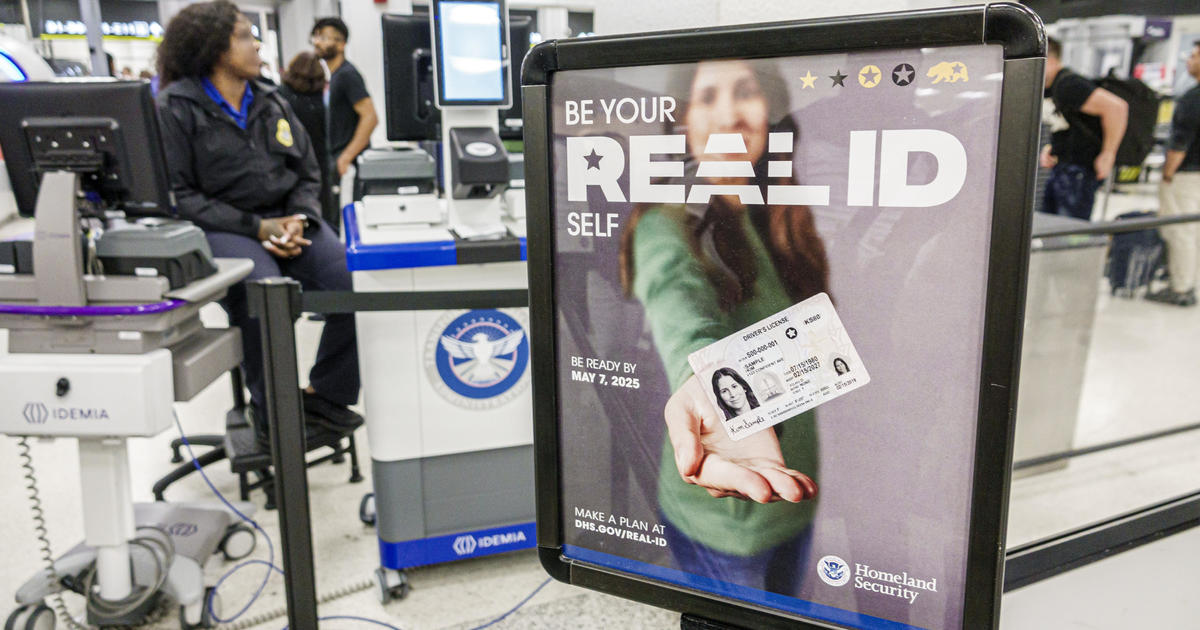Flying within the U.S. will soon require an extra document that’s more secure than a state-issued driver’s license or ID if you don’t want to lug around your passport with you.
Beginning in May of next year, all U.S. travelers will be required to have the official document known as a Real ID on hand when traveling domestically by air. As an alternative, they may carry their passports with them.
Here’s everything you to know, including what is required to apply, and how and where to do so.
What is a Real ID?
It’s essentially an enhanced form of identification which, beginning May 7, 2025, will be required to access certain federal facilities, board commercial aircraft, and enter nuclear power plants, according to the Department of Homeland Security (DHS).
The Real ID Act, passed by Congress in 2005, establishes minimum security standards for state-issued driver licenses, permits, and ID cards. It’s designed to reduce identity fraud, as it also prohibits Transportation Security Administration (TSA) personnel from accepting cards that don’t meet the new minimum standards, according to the DHS.
Who needs one?
Any traveler who is 18 years or older who plans to fly domestically or visit certain federal facilities will require a Real ID, or an alternative acceptable form of identification, such as a passport. Beginning May 7, 2025, TSA will only accept Real ID cards with the compliant star marking. A handful of states including Washington, Michigan, Minnesota, New York and Vermont are issuing Enhanced Driver’s Licenses (EDL) with a flag marking, which also meet Real ID standards.
Do I have a Real ID?
All Real IDs have a star marking in their top right corner.
If you recently renewed your driver’s license, it could be an Enhanced Driver’s License, or EDL, which also meets Real ID standards. Check the top right corner of your license for an American flag marking indicating it is Real ID-compliant. If it doesn’t have the stamp, it is not in compliance with the act.
How do I get one?
All U.S. states are issuing Real ID cards through their driver’s licensing agencies, with requirements varying by state. Many offices require a reservation, which you can make online.
Visit the DHS website, and click on your state of residence for specific instructions on how to apply, as well as what documents you’ll need to bring with you to your appointment. Typically you’ll need your social security card, proof of citizenship, and multiple proofs of residence.
How much does it cost?
There is no additional fee for a Real ID, but standard DMV processing fees do apply. Getting an enhanced ID costs $30.

